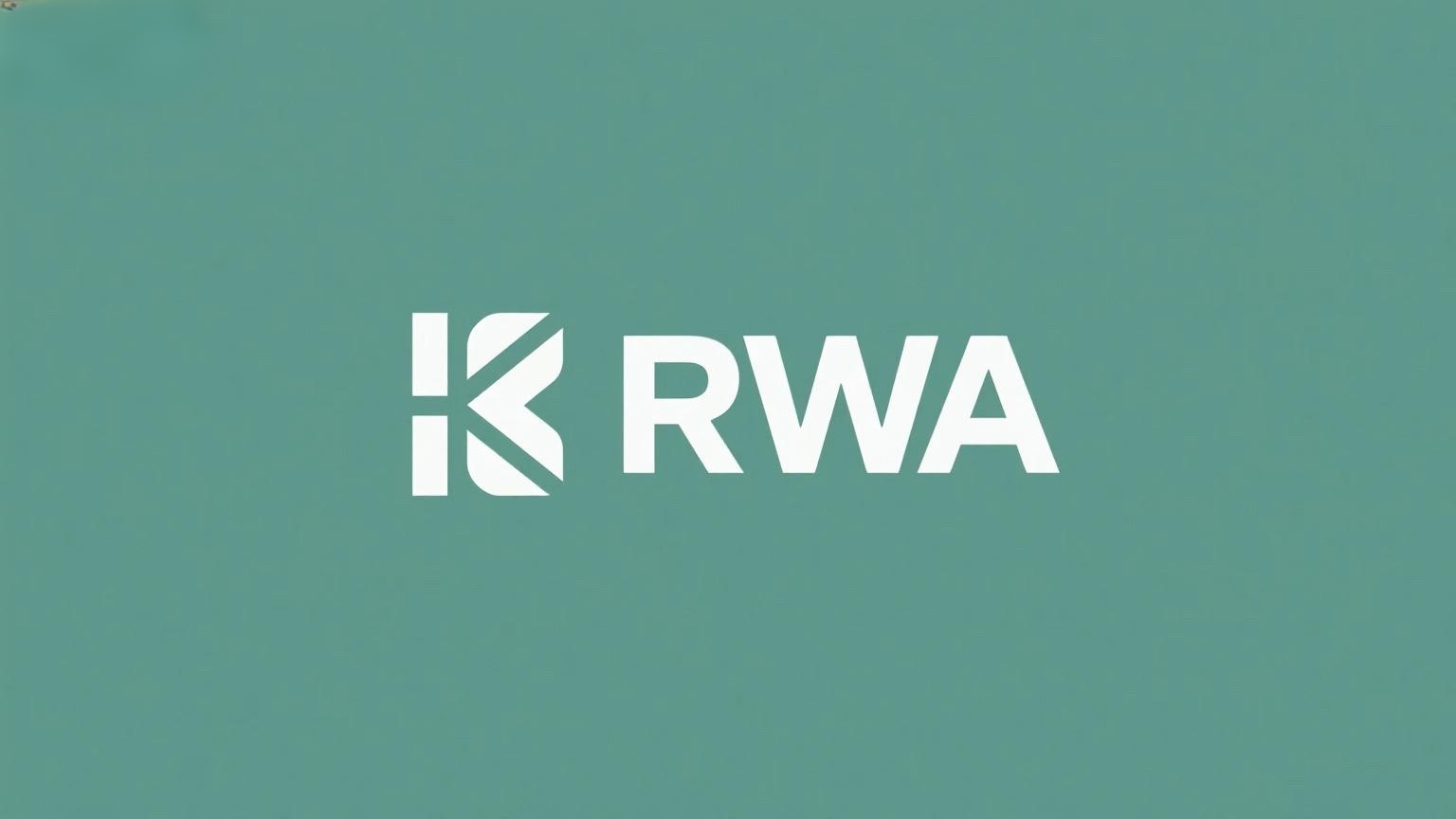
The RWA track encompasses various types of on-chain projects that introduce different forms of real-world assets onto the blockchain, collectively building an increasingly rich digital financial ecosystem. Below is an in-depth analysis of the main project types within the RWA track.
-
Stablecoins: The Most Successful RWA Practice
Broadly speaking, stablecoins are the earliest and most successful practice of RWA. Mainstream stablecoins like USDT and USDC are pegged to the U.S. dollar and backed by off-chain assets such as cash and short-term Treasury bonds. They tokenize the U.S. dollar, a real-world asset, enabling efficient circulation on the blockchain and greatly facilitating cryptocurrency trading and DeFi applications. The success of stablecoins demonstrates the feasibility of the RWA model and its vast market demand, laying the foundation for the development of other types of RWA. -
Tokenization of Treasury Bonds and Notes: A Gateway for Institutional Entry
With rising global interest rates and increasing interest in blockchain technology from traditional financial institutions, the tokenization of Treasury bonds and notes has become a hotspot in the RWA track. Tokenized Treasury bonds are typically backed by short-term U.S. Treasury bonds and issue tokens through blockchain technology, providing investors with a way to earn traditional financial returns on-chain. Due to the low risk and high liquidity of their underlying assets, these projects serve as a gateway to attract traditional institutional investors into the crypto world. For example, BlackRock's BUIDL fund, launched in collaboration with Securitize, and VanEck's tokenized Treasury money market fund VBILL allow investors to invest in U.S. Treasury bonds through tokenization. These products not only lower the investment threshold but also enhance the settlement efficiency and programmability of traditional financial assets.
Representative Projects:
• Ondo Finance (ONDO): Focuses on tokenizing traditional financial assets like U.S. Treasury bonds and offering on-chain yield products.
• MakerDAO (MKR): As a pioneer in the DeFi space, MakerDAO actively explores RWA through its stablecoin DAI, using real-world assets (e.g., U.S. Treasury bonds) as collateral to enhance DAI's stability and revenue streams.
• Centrifuge (CFG): Focuses on tokenizing real-world assets (e.g., invoices, supply chain financing) and introducing them into DeFi protocols to provide financing for small and medium-sized enterprises.
-
Real Estate Tokenization: Reshaping Real Estate Investment
Real estate, due to its high value, low liquidity, and high transaction costs, is one of the most promising areas for RWA tokenization. Real estate tokenization can divide the ownership of a building or piece of land into numerous digital tokens, lowering the investment threshold and allowing ordinary investors to participate in real estate investments with small amounts of capital. At the same time, tokenization enhances the liquidity of real estate, shortens transaction cycles, and increases transparency. For example, the Dubai Land Department has launched a pilot project for real estate tokenization, aiming to convert real estate assets into digital tokens on the blockchain to improve market efficiency.
Representative Projects:
• Propy: A blockchain platform focused on real estate transactions, offering real estate tokenization services.
• RealT: Allows investors to purchase tokenized shares of U.S. real estate and earn rental income.
-
Private Equity and Credit Tokenization: Broadening Financing Channels
Private equity and private credit markets typically have high barriers to entry and low liquidity, targeting mainly institutions and high-net-worth individuals. Through tokenization, these assets can be divided and packaged into digital tokens, lowering the investment threshold, broadening financing channels, and enhancing secondary market liquidity. For example, some platforms are exploring the tokenization of Pre-IPO stocks and venture debt, enabling more investors to participate in these high-growth-potential assets that were traditionally difficult to access.
Representative Projects:
• Maple Finance: Provides on-chain credit services to institutional borrowers, connecting lenders and borrowers through tokenized credit pools.
• Goldfinch: Focuses on providing uncollateralized loans to businesses in developing countries, introducing off-chain credit into DeFi through tokenized credit agreements.
• Ventuals, Jarsy, PreStocks: Explore different methods of private equity tokenization, aiming to reduce structural barriers in the market.
-
Other RWA Types: Art, Carbon Credits, etc.
Beyond the main types mentioned above, the RWA track continues to expand, covering more diverse assets:
• Art and Collectibles Tokenization: Tokenizing high-value art, rare collectibles, etc., to enable fractional ownership and more convenient trading. For example, some platforms allow investors to purchase tokenized shares of Picasso paintings.
• Carbon Credit Tokenization: Tokenizing carbon emission rights or carbon credit allowances to promote transparency and liquidity in carbon markets, aiding global efforts to combat climate change.
• Intellectual Property Tokenization: Tokenizing intellectual property such as patents, copyrights, and music royalties to provide creators with new financing and revenue distribution models.
• AI Computing Power Leasing: Tokenizing computing resources like GPUs to lower the participation barrier for ordinary users and provide funding support for operators.
These diverse RWA projects collectively depict the future landscape of digital finance, where any valuable asset, regardless of its form, can potentially be tokenized through blockchain technology and efficiently circulated globally, thereby unlocking its potential value.
















